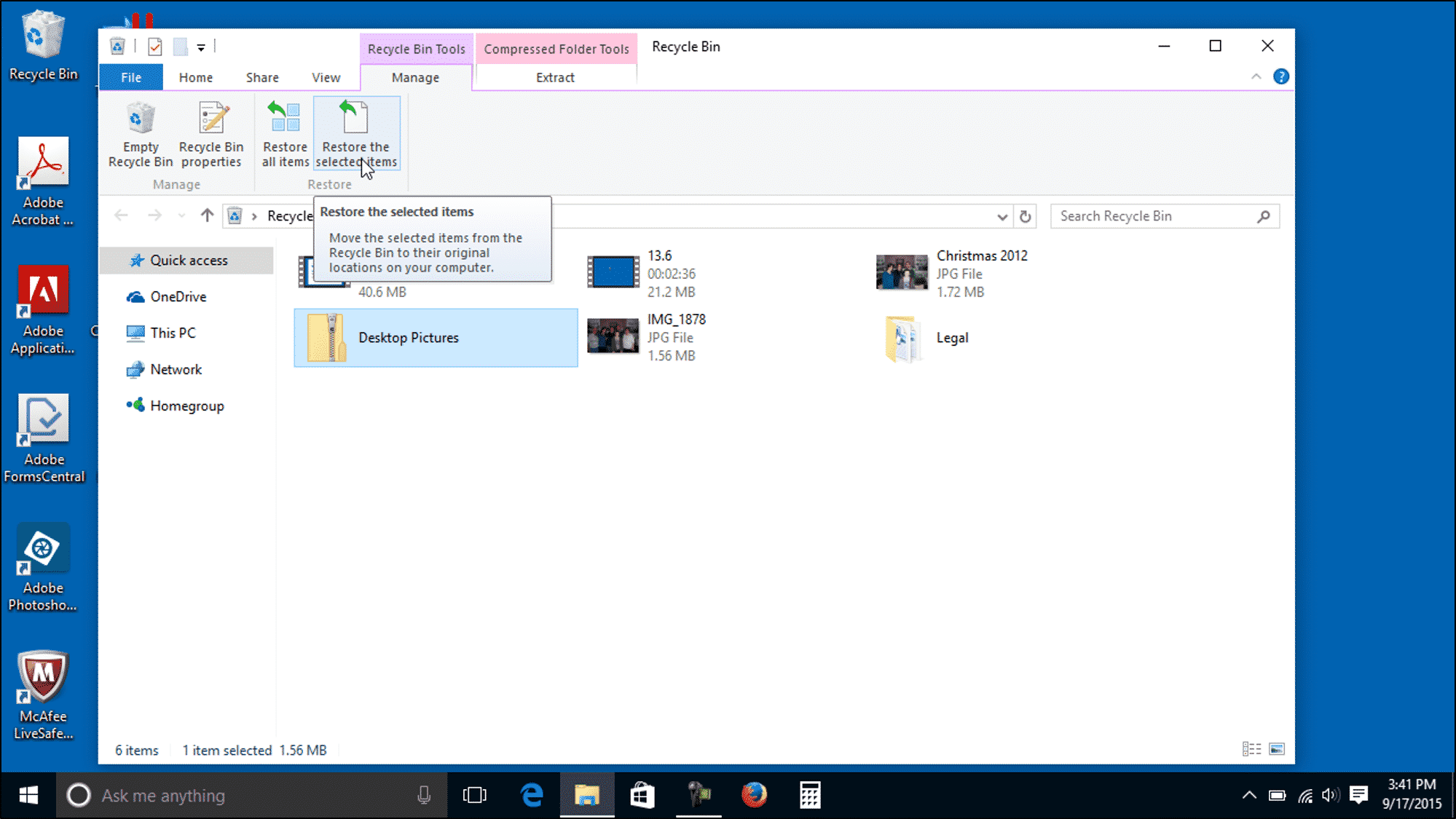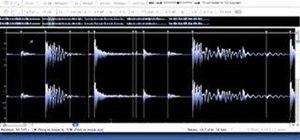
- HOW TO USE PROPELLERHEAD RECYCLE WINDOWS HOW TO
- HOW TO USE PROPELLERHEAD RECYCLE WINDOWS FULL
- HOW TO USE PROPELLERHEAD RECYCLE WINDOWS WINDOWS
When replacing your trash barrels, please buy a barrel no larger than 35 gallons.


Please call the phone number(s) listed above for any issues with trash or recycling. Issues with recycling, please call: Waste Management at 1-80: Monday - Friday 8:00 AM - 5:00 PM. Issues with trash, please call: ACME Waste Systems (781) 935-6339: Monday - Friday 8:00 AM - 4:00 PM Click below to access the WRC Facebook page. More information can be found HERE including a video prepared by the Westford Recycling Commission help you identify what bags are accepted. Recycling Plastic Bags Reminder: Plastic bags should not be placed in curbside recycling so please read on to see options for recycling plastic bags
HOW TO USE PROPELLERHEAD RECYCLE WINDOWS HOW TO
Please consider composting and/or checking the WRC's " How to Recycle Anything" Document under Leaves & Grass Clippings.
HOW TO USE PROPELLERHEAD RECYCLE WINDOWS FULL
Want to read more answers from other tech-savvy Stack Exchange users? Check out the full discussion thread here.This week's trash and recycling pick-up are on a NORMAL schedule. Have something to add to the explanation? Sound off in the the comments. They probably do exist but I found it easier to go and reverse engineer the main concept… I haven’t found any articles that go into detail on this, neither by Microsoft or by third party people.
HOW TO USE PROPELLERHEAD RECYCLE WINDOWS WINDOWS
It’s sad that the Windows Internals book doesn’t cover this, or else I would’ve had more reference. In essence, it contains enough information to reconstruct the original reference… The earlier symbols are binary and contain information like the file size and permissions, as well as a pointer to the file data. The reason that the file path has spaces in between is because it is stored in wide byte chars, to support special characters for certain languages as well as unicode and what else. I get a file that contains metadata information like this: Ö¸ÌC : \ P a t h \ T o \ S o m e \ E x a m p l e. The last folder name is a hash based on the metadata. Note: The long folder name is a User SID. Use Process Monitor to see the I/O under the hood, put a filter on Recycle.Bin and visit it. Since Windows Vista it is now a special folder called \$Recycle.Bin. On Windows 2000 and later it was renamed to \RECYCLER. In the early days, on Windows 95 and 98 this was located in \RECYCLED. The reference is removed, a metadata file is kept in the Recycle Bin to know the original location. SuperUser contributor Tim Wijsman offers a peak behind the curtain:

So what’s the story? How exactly does the Recycle Bin function as a sort of file purgatory? The Answer What does the Recycle Bin in Windows actually do? Is it just a glorified folder and a holding place for soon to be deleted files, or does it do something specific? Specifically, are files that are “moved” to the Recycle Bin actually moved on the hard disc, or are just the pointers to the files moved? I am a fairly experienced user, I just wanted a more depth explanation of the Recycle Bin. SuperUser reader Jonath0n is curious about the Recycle Bin:


 0 kommentar(er)
0 kommentar(er)
